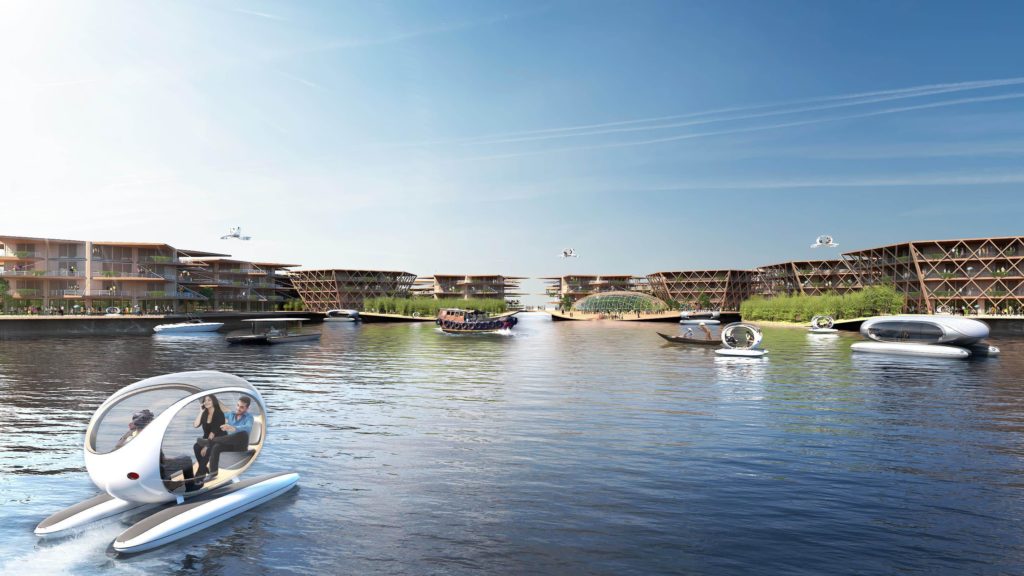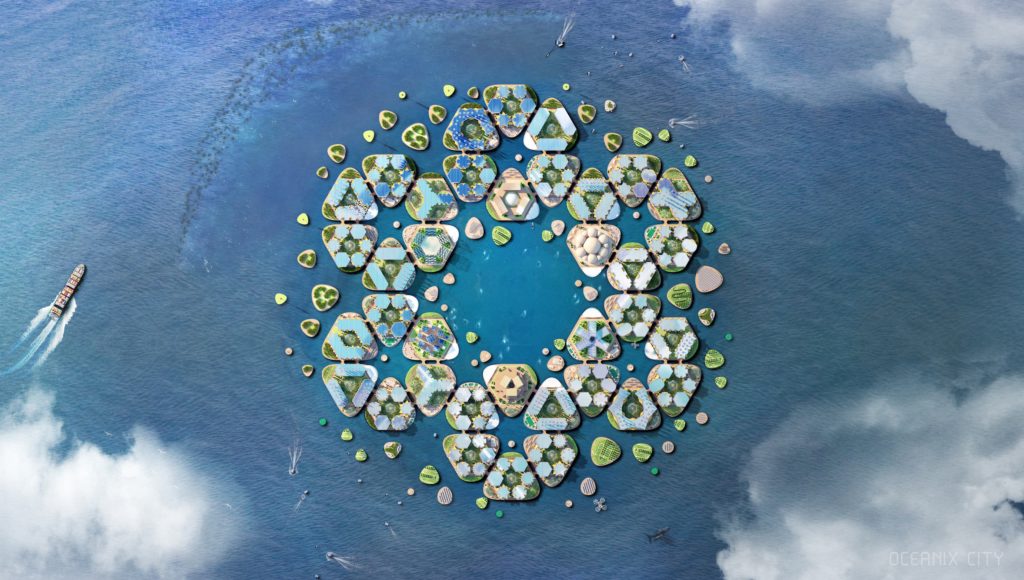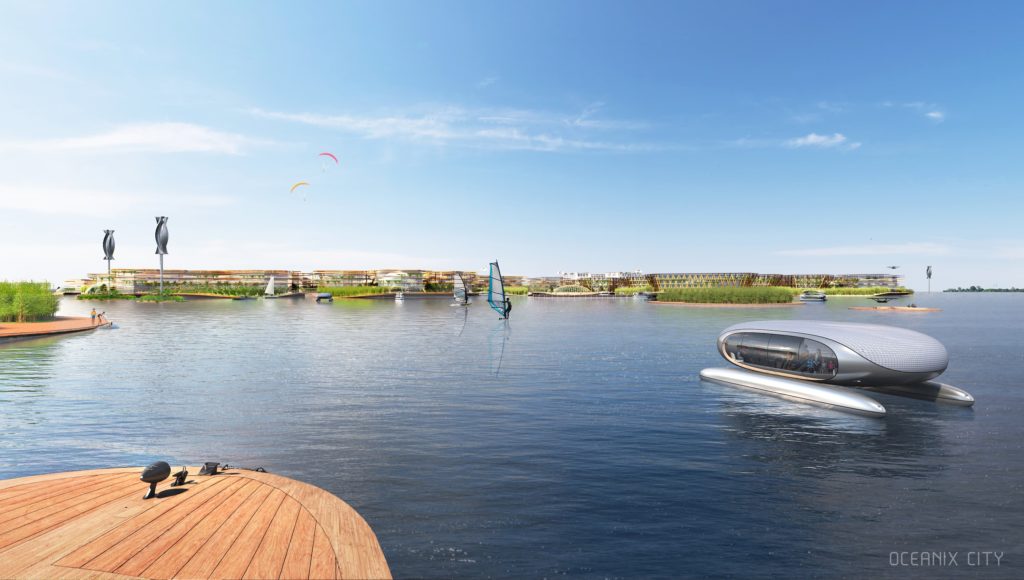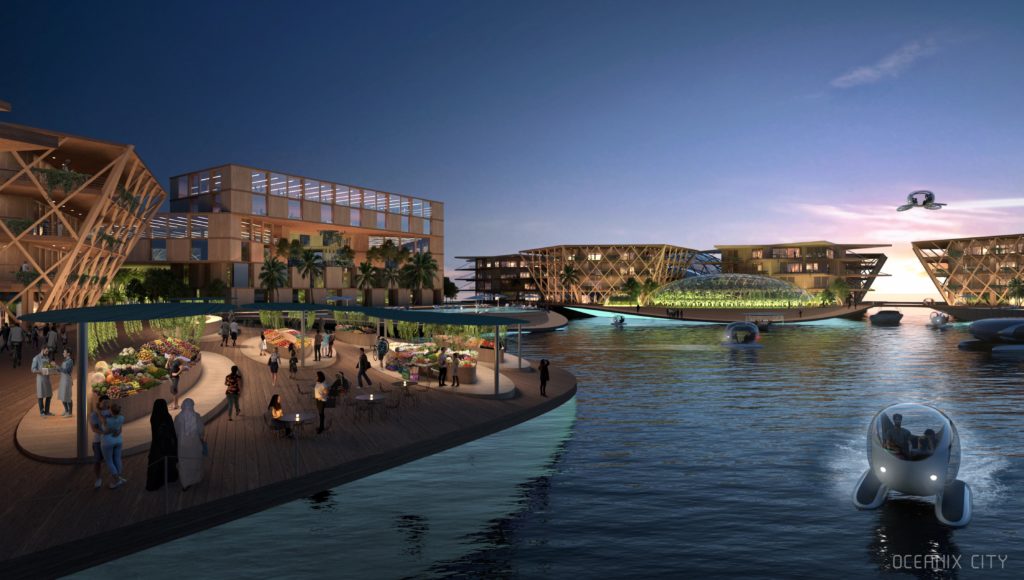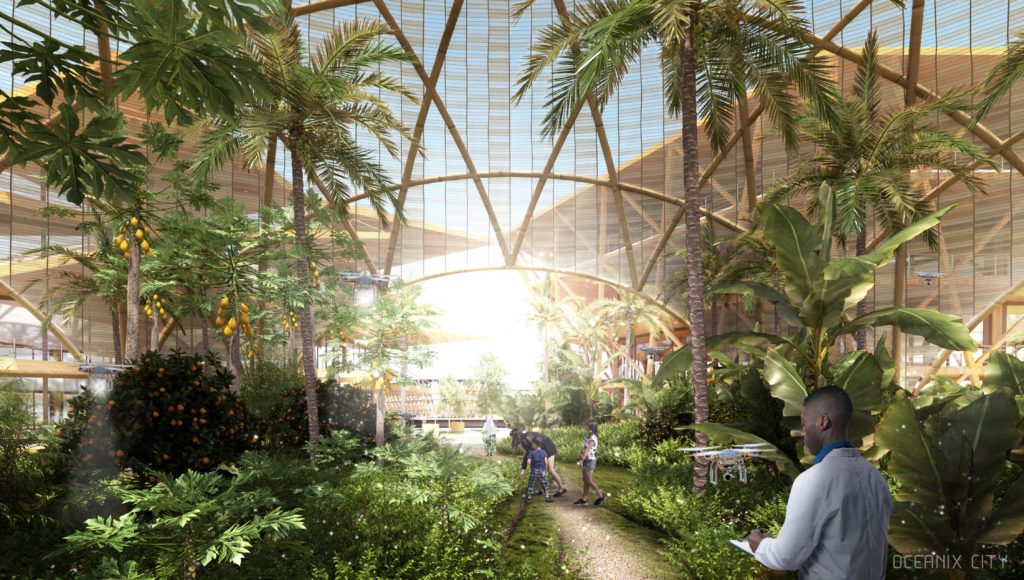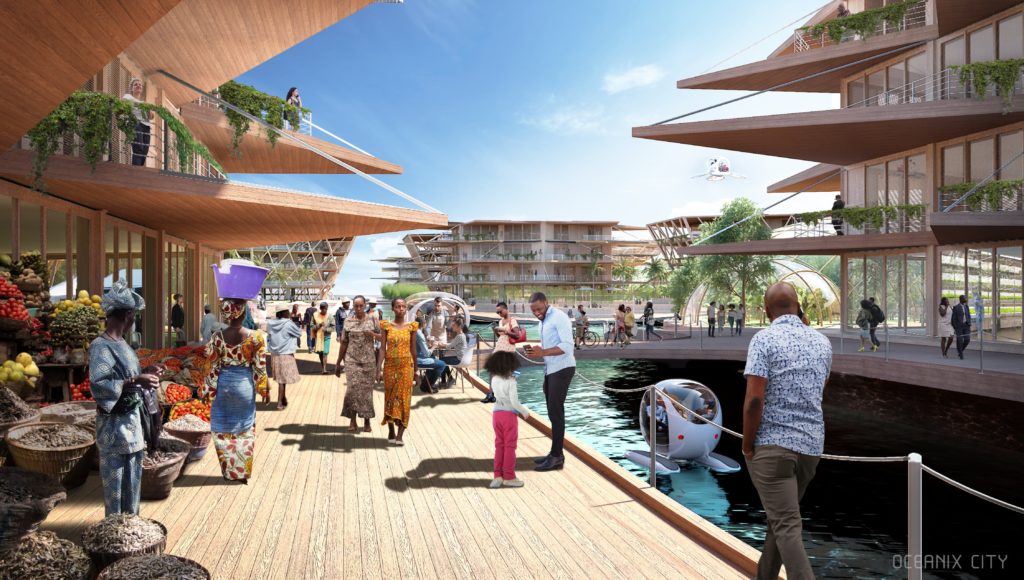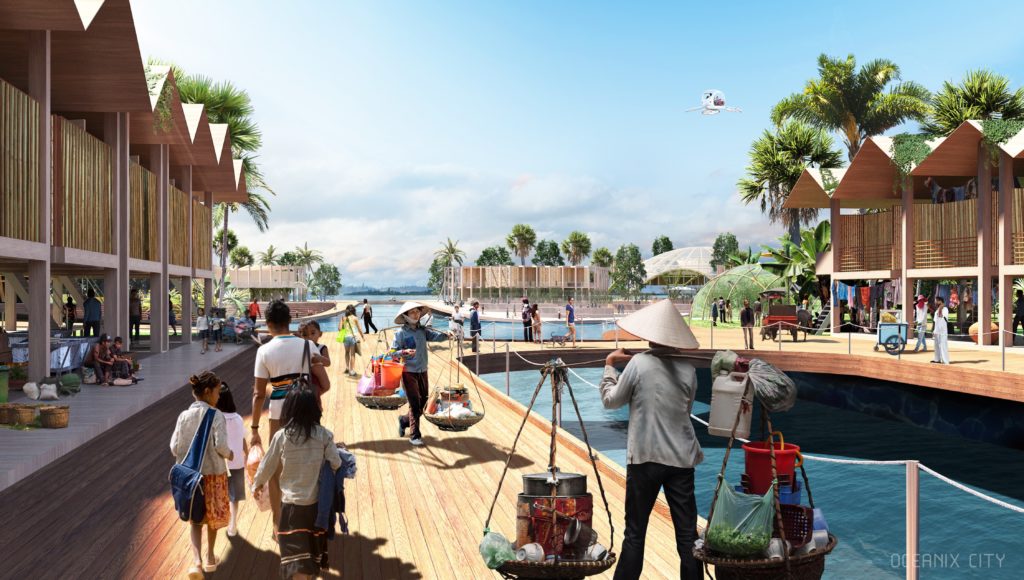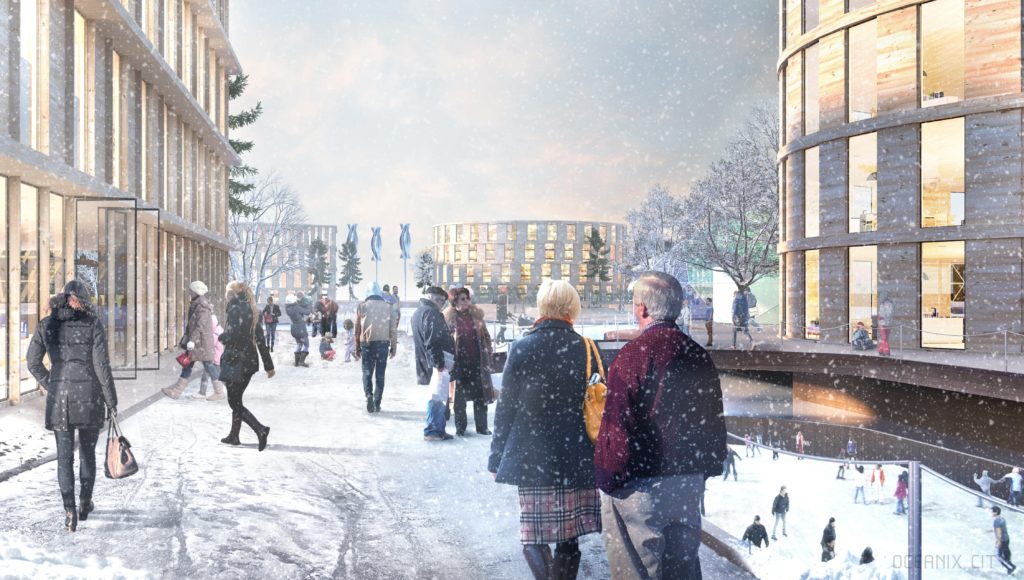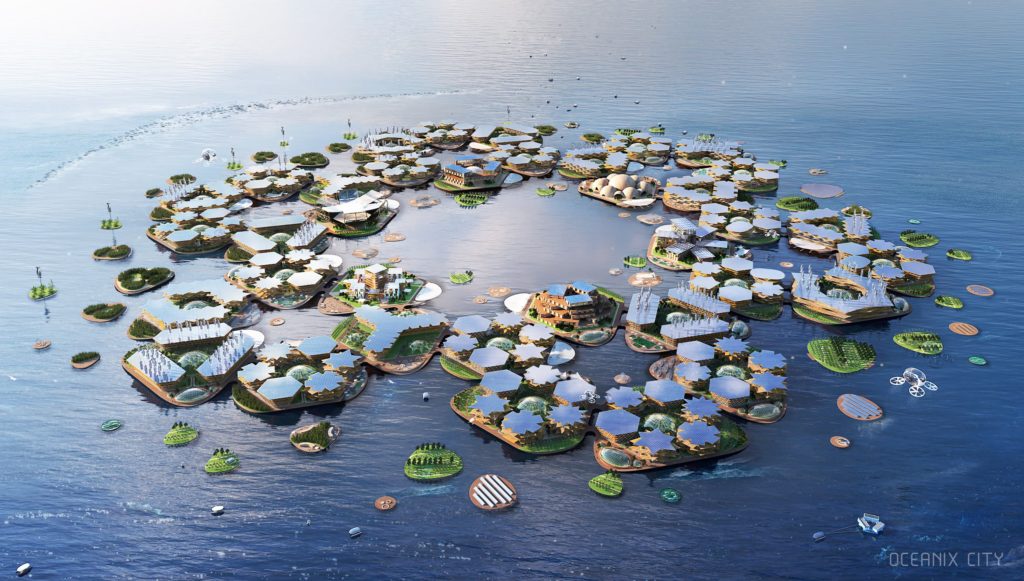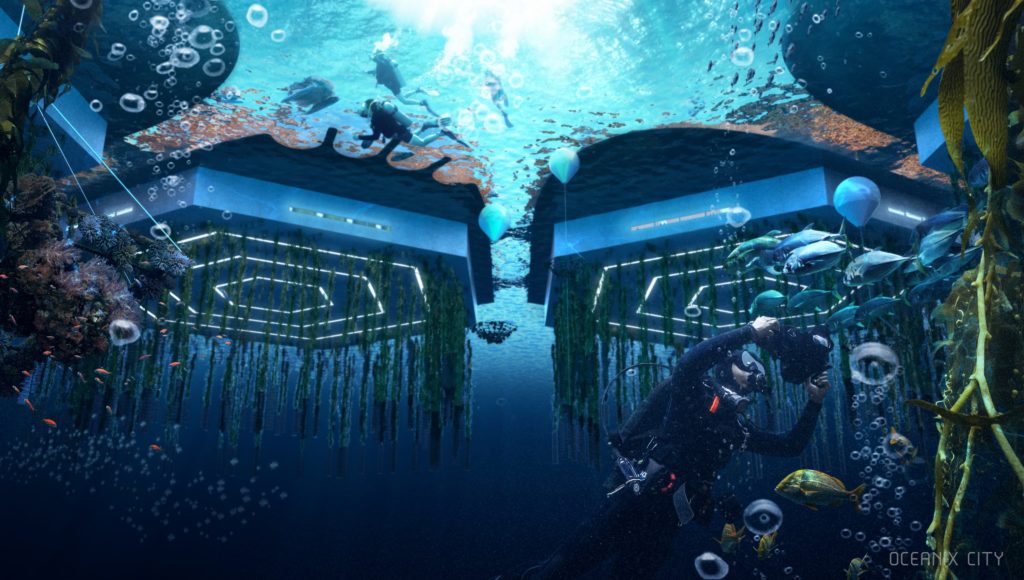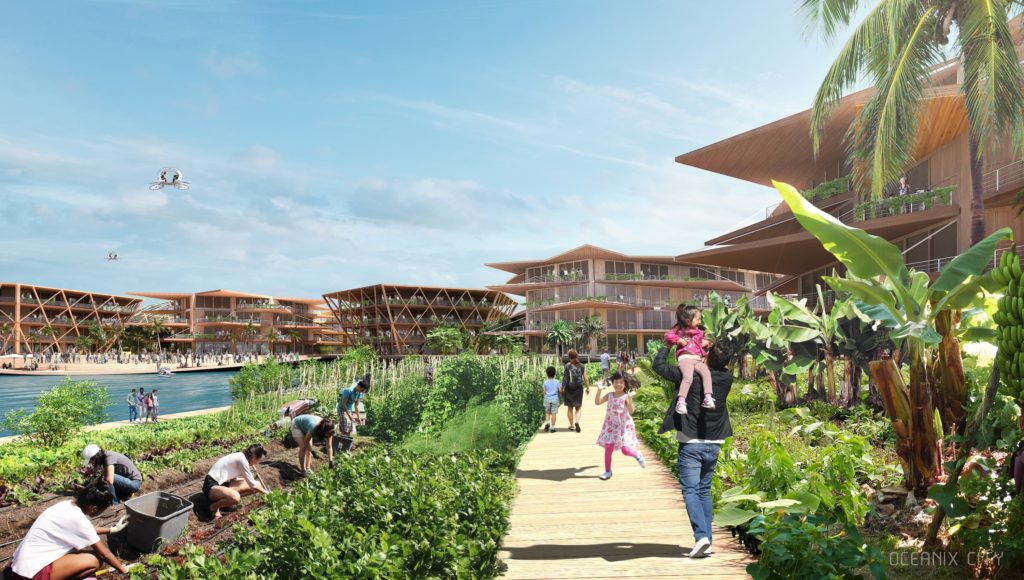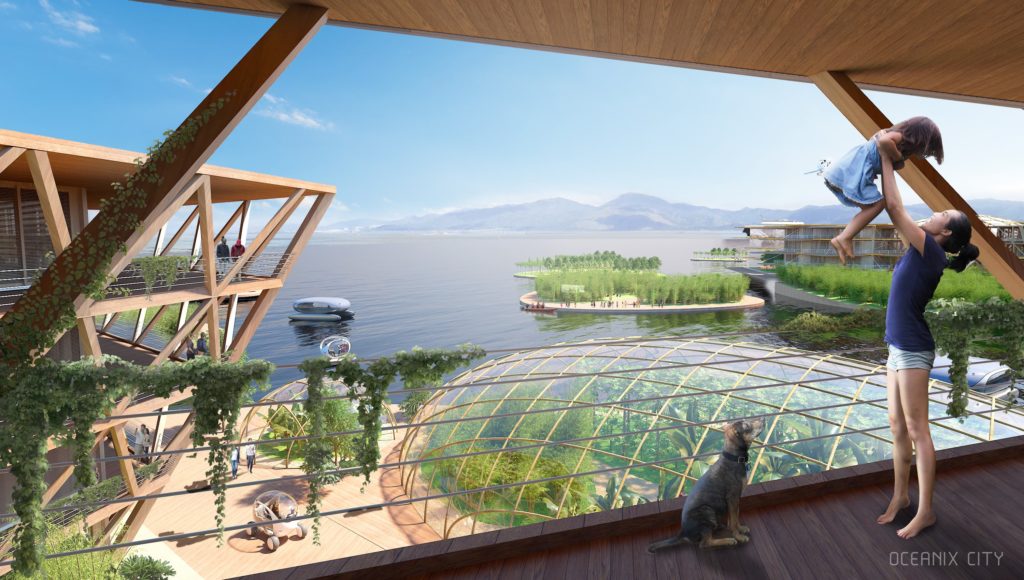Rising to the challenge
Floating cities have always been a favourite area for science fiction authors and visionary architects to explore. However, these could well become reality in the near future as part of the UN-Habitat New Urban Agenda.
People have always been drawn to water. Today, around 40% of the world’s population lives less than 100 kilometres from the coast and 10% in regions that are no more than four metres above sea level. And this is becoming a problem, giving that global warming has been pushing up sea levels for decades.
Sea levels are getting higher
As the latest data from the Intergovernmental Panel on Climate Change (IPCC) shows, this process is speeding up. While estimations back in 2007 suggested that sea levels would rise by 59 centimetres by the end of the century, more exact data led experts in 2013 to increase this figure to almost one metre. And in the new report to be presented this autumn, this figure will be adjusted upwards yet again.
Threatened cities and conurbations
Given the high number of people constantly moving to major cities, it is estimated that roughly half of the world’s population will be affected more or less severely by rising sea levels in the coming decades. In many regions, dykes, pumping stations and weir systems will no longer be enough to keep the water at bay. And given that any room for further growth around many major cities is severely limited and prohibitively expensive, it is time for Plan B: living on the water!
Nine out of ten of the world’s largest cities will be exposed to rising seas by 2050. The sea is our fate – it may also be our future.
Bjarke Ingels, architect
In itself, the idea is nothing new. Amphibian settlements are an established tradition on Tonlé Sap Lake in Cambodia, in Halong Bay in Vietnam, on Lake Titicaca in Peru, in the Netherlands and, of course, in science fiction. Now, however, they are on the Urban Agenda of the UN Human Settlement Programme and have been the subject of a recent expert conference at the United Nations headquarters in New York, where a clearly defined concept was presented right away.
The masterminds behind the maritime metropolis are Danish architect Bjarke Ingels, known for his visionary ideas and projects, and Oceanix, a company owned by entrepreneur Marc Collins Chen from French Polynesia, a region that is particularly at risk from rising sea levels. Scientific support was provided by MIT’s Center for Ocean Engineering and by the researchers of the Explorers Club, who devote themselves to ecological matters in various disciplines.
What is Oceanix City?
Oceanix City consists of individual platforms measuring around two hectares each, with a complete ecosystem for 300 people. The buildings are arranged around a central green space, which is used to grow food, and are no more than seven storeys high in order to minimize wind susceptibility and to keep the centre of gravity low.
Six of these residential areas make up a village for 1,650 people. Six of these units, supplemented by specialized platforms – for agriculture, energy generation, production, etc. – make up a “city” of 10,000 residents. This is not only anchored physically on the seabed, but is also anchored ideologically in the notion of overall sustainability and ecological compatibility.
Green technology for floating cities
As Collins explains: “The technology that we need to be able to live on the water without destroying the ecosystem already exists.” Accordingly, Oceanix City brings together the entire palette of green developments – such as generating electricity from renewable sources, using renewable materials in architecture, biorock constructions for the platform substructure and sophisticated recycling systems that ensure that hardly any waste needs to be disposed of.
Although the residents of Oceanix City will not have to forego modern comfort, they will have to do without quite a few other things. Particularly those things that played a great part in causing climate change, such as high meat consumption. For the most part, fruit and vegetables will be on the menu, together with seafood and algae. All food should ultimately be produced directly in the city.
There is simply no room for raising livestock, which requires far more space than growing fruit and vegetables. Instead of the usual throwaway consumption mentality, sharing, exchanging and recycling will be the order of the day. The mobility concept, which is also based on sustainability and ecology, is essentially divided into two areas: sports – such as swimming, walking, cycling, kayaking and sailing – and various e-vehicles (even autonomous ones) for transporting people and goods by land, by air and on or under water.
Floating cities should not be the preserve of the rich but must be available and affordable for all regions that are affected by rising sea levels.
Marc Collins Chen, founder of Oceanix
All of these ideas and techniques have already proved that they are workable on a small or large scale. Which is why the Oceanix City concept sounds quite realistic. However, there are quite a few obstacles to overcome first.
The question of financing, for one. Although no construction costs have been quoted to date, there is a general consensus that Oceanix City should not be a kind of ark for the wealthy, but rather an affordable housing concept for all people in affected coastal regions. On the other hand, the technology and architecture need to prove their worth in practice. To this end, a relatively small initial prototype is to be built as soon as possible on New York’s East River.
We support the idea of a sustainable floating city to ensure that the developments in this new area will benefit everyone.
Maimunah Mohd Sharif, city planner and Executive Director of UN-Habitat
If this proves to be a viable solution in every respect, it would be an important step. Not just towards sea settlements but rather towards setting an example for greater sustainability on land and towards a future in which floating cities might no longer be necessary.
But as things currently stand, this is more far-fetched than the notion of living on the water.
Text: Britta Biron
Translation: Rosemary Bridger-Lippe
Visualizations: Oceanix
